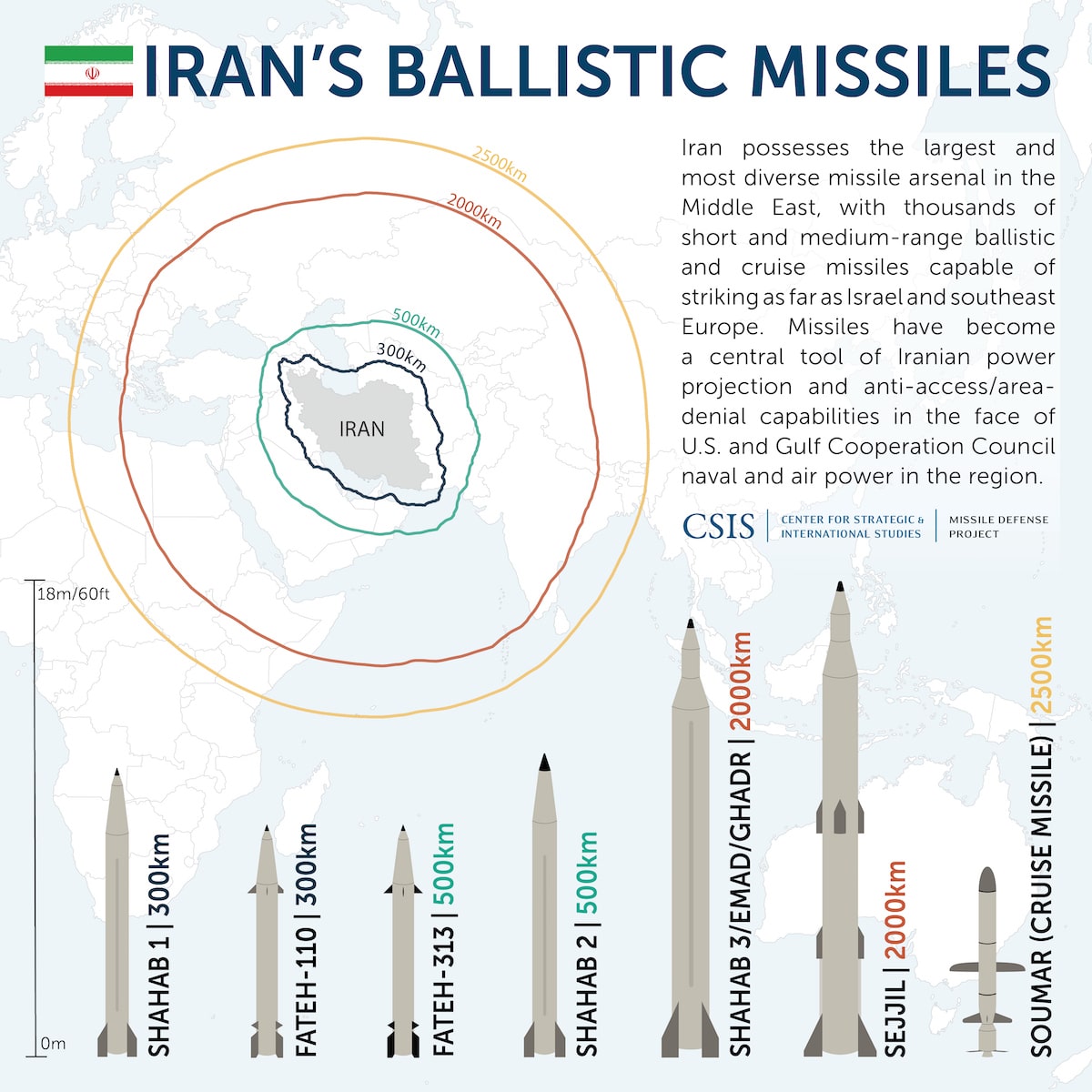In 1994, Boris Yeltsin ordered by decree an award known as the ‘Order of Friendship’. Yeltsin emerged to power under the perestroika movement and under his reign, he terminated the Russian Constitution, the Parliament and widespread corruption spread through his term due mostly on industries dealing with oil commodities.
In 1989, Yeltsin visited Texas to better understand the fossil fuel industry and return to his motherland to stop the country from falling into economic collapse yet failed. Crime, protests and prices of basic needs saw inflationary prices such that the Soviet Union soon fell.
With the country in chaos and corruption spreading Yeltsin forged a relationship with Rex Tillerson of Exxon Mobile, the top candidate for Secretary of State in the new Trump administration. Yeltsin bestowed an award to Tillerson known as the ‘Order of Friendship’. Then came the deployment of the business partnerships.
Exxon’s landmark 2011 joint venture with Kremlin-controlled Rosneft calls for upwards of $500 billion in investment over the coming decades. The companies are planning an offshore drilling campaign in Russia’s frozen Chukchi Sea, Laptev Sea and Kara Sea, as well as the Black Sea. They’ll also be drilling onshore in western Siberia, where the Bazhenov and Achimov formations are thought to be many times bigger than the Bakken shale of North Dakota. In addition, Exxon and Rosneft are working to finalize designs for an LNG project in Russia’s far east.
As in any good bromance, they hang out in each others’ neighborhoods. To balance out the geographic breadth of the partnership, Rosneft has joined with Exxon to invest in 20 deepwater exploration blocks in the Gulf of Mexico, as well as onshore projects in Texas and Alberta, Canada. Exxon has also given Rosneft the option to acquire a 25% stake in the Port Thomson Unit, which is estimated to hold a quarter of the natural gas and condensate reserves on Alaska’s North Slope. Back in 2007, amid Putin’s moves to reassert state control over Russia’s energy industry, Exxon’s Sakhalin-1 JV with Gazprom was thought to be a target. But CEO Rex Tillerson made it clear back then that he wouldn’t be pushed around and that he expected Russia to abide by contracts. As the Financial Times reported at the time:
Mr Tillerson said Russia had moved past its phase of trying to regain control of resources. “They want foreign participation because they know there’s technology capability that they need access to and there’s know-how that they need access to.”
Future investment by Exxon would depend on that contract being honoured, he said. “As long as they say, ‘We don’t like that deal we signed back then, but we’ll honour it’, that doesn’t stand in the way of our investments – we can proceed.”
Although Exxon did eventually accede to Gazprom’s wishes that it, not Exxon, control the destination of gas from Sakhalin-1 (Exxon wanted to sell directly to China), what Exxon got in return for its flexibility was an even bigger deal with Rosneft — that big new LNG project being engineered now, which could end up costing $15 billion or more.
In signing agreements with Rosneft last June, Tillerson remarked, “Experience tells us that a good foundation is critical for success in the Arctic and elsewhere. ExxonMobil’s Sakhalin-1 project with Rosneft is an example where we have put this experience to work.”
Last summer Putin made it official; he awarded Tillerson Russia’s Order of Friendship. Friends, joined in their shared respect for just how hard it is to keep their oil and gas empires humming. Commiserating in the challenge of figuring out how to find growth when you’re already the biggest in the world.
Just as Putin is unlikely to give back Crimea, you can forget about a company as growth-hungry as Exxon willingly backing away from its Kremlin connections out of some perceived patriotic American duty. As Tillerson’s predecessor Lee Raymond famously said (quoted in Steve Coll’s book Private Empire: ExxonMobil and American Power): “I’m not a U.S. company and I don’t make decisions based on what’s good for the U.S.” More here from Forbes.
The U.S. military is quite concerned about Russia’s aggression in the Artic as the Russians are using the oil exploration as a dual use mission, the other being espionage while it appears Tillerson and Putin have come to an accommodation on joint operations. Will this affect national security? Already has and includes China.
The U.S. intelligence focus is chiefly aimed at Russia’s military buildup in the far north under President Vladimir Putin. The country’s Northern Fleet is based above the Arctic Circle at Murmansk.
The Russian government announced plans in March 2014 to reopen 10 former Soviet-era military bases along the Arctic seaboard, including 14 airfields, that were closed after the end of the Cold War. A shipyard in northern Russia also is constructing four nuclear-powered submarines.
Alaska Gov. Bill Walker complained that the Pentagon is closing bases and shedding troops while Moscow has begun rebuilding a military force that was eviscerated after the collapse of the Soviet Union.
“It’s the biggest buildup of the Russian military since the Cold War,” Walker told reporters during Obama’s visit to his state. “They’re reopening 10 bases and building four more, and they’re all in the Arctic, so here we are in the middle of the pond, feeling a little bit uncomfortable with the military drawdown.” More here from the LATimes.
In 2014: Russia’s state-run OAO Rosneft said a well drilled in the Kara Sea region of the Arctic Ocean with Exxon Mobil Corp. struck oil, showing the region has the potential to become one of the world’s most important crude-producing areas. The discovery sharpens the dispute between Russia and the U.S. over President Vladimir Putin’s actions in Ukraine. The well was drilled before the Oct. 10 deadline Exxon was granted by the U.S. government under sanctions barring American companies from working in Russia’s Arctic offshore. Rosneft and Exxon won’t be able to do more drilling, putting the exploration and development of the area on hold despite the find announced today. More here from Bloomberg.
Related reading: For Putin and Russia it is Articulus (Crisis)
In summary, going back to perestroika, perhaps Tillerson and Trump need to apply it beginning now. The implications going forward are huge and no one can predict the consequences due to all the moving parts. We do know the U.S. sanctions and those of Europe applied to the Russian oil company Rosneft have had some affect and should in part due to Crimea and Ukraine. The balance of the Baltic States stability remain in question due to the continued aggression by Russia in the region. Russia has sold off some ownership in Rosneft to raise capital, $11 billion worth of capital. It is most interesting Qatar is a financial player now in Rosneft. Qatar is the satellite Taliban headquarters and it was where the Taliban 5 were shipped to from Guantanamo Bay. A Qatari official said of the Gitmo detainees:
A Qatar official said the Taliban men, who have been granted Qatari residency permits, will not be treated like prisoners while in Doha and no U.S. officials will be involved in monitoring their movement while in the country.
“Under the deal they have to stay in Qatar for a year and then they will be allowed to travel outside the country… They can go back to Afghanistan if they want to,” the official said. More from Reuters in 2014.
It all got complicated real fast eh? Order of Friendship could take on a wider definition beginning in 2017 if Tillerson is confirmed as Secretary of State. What say you?


